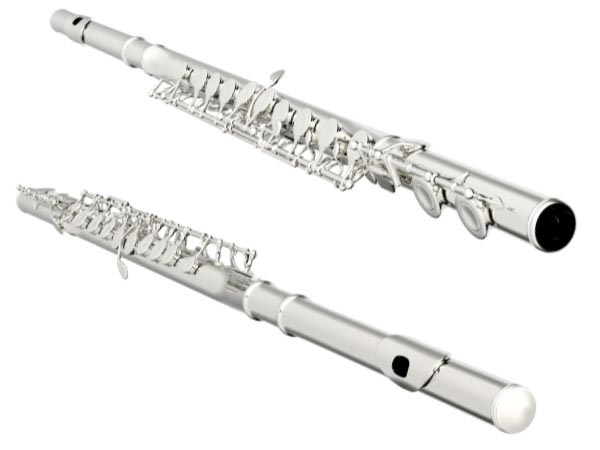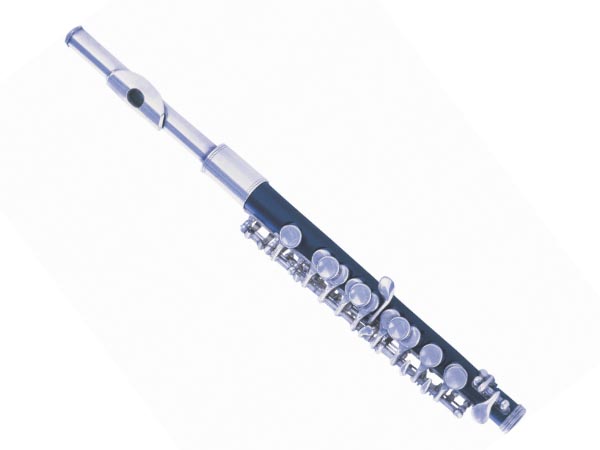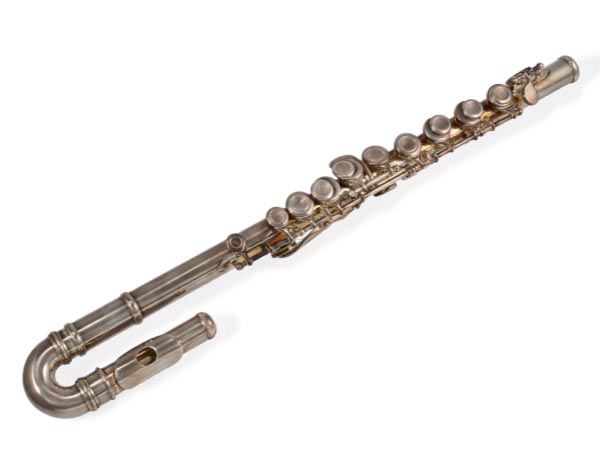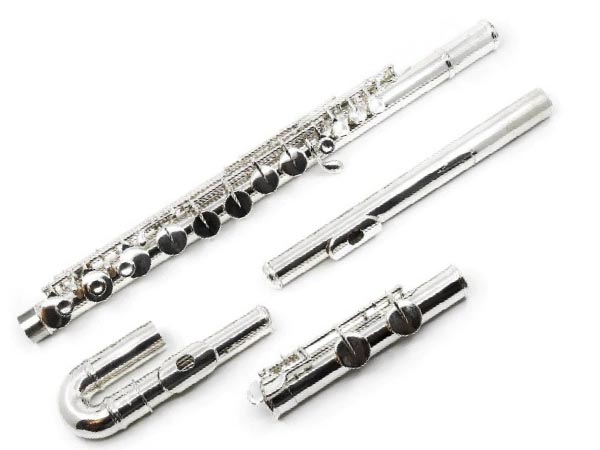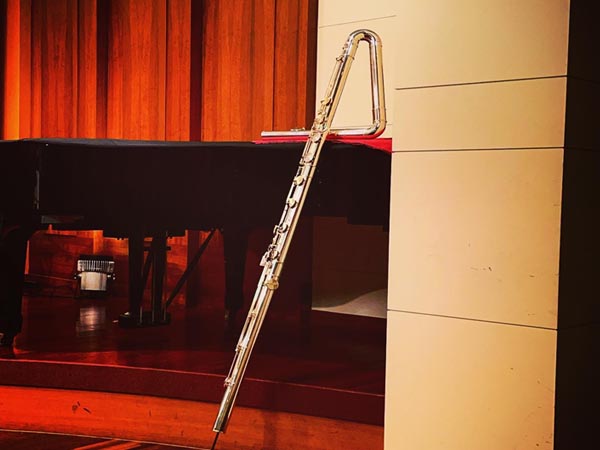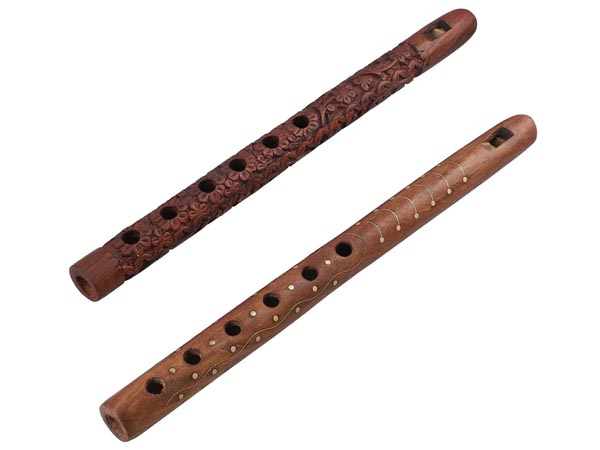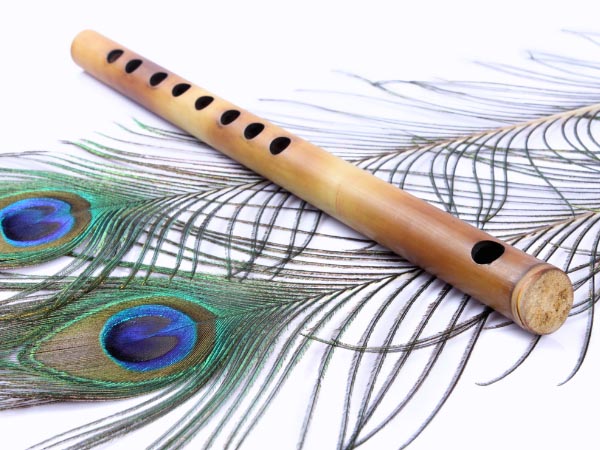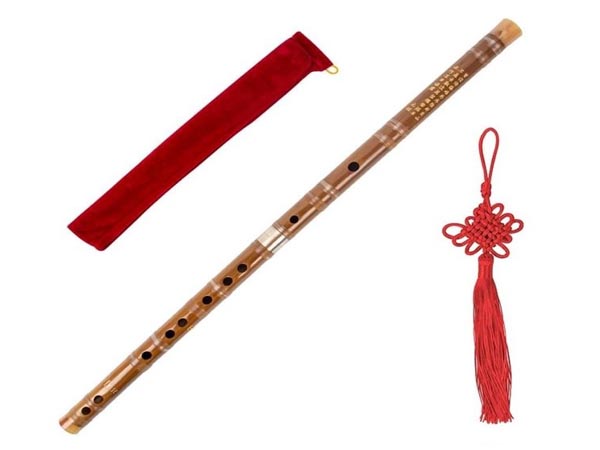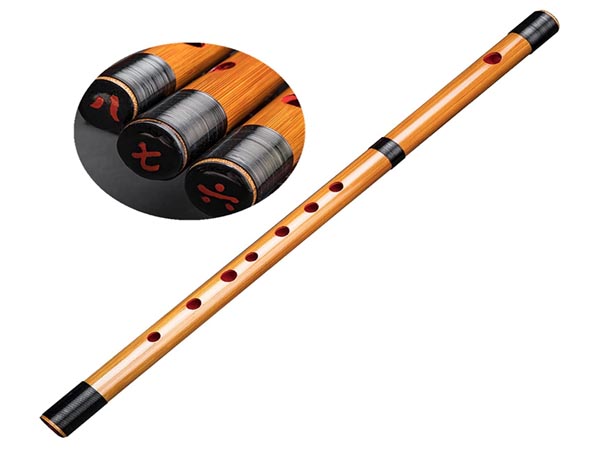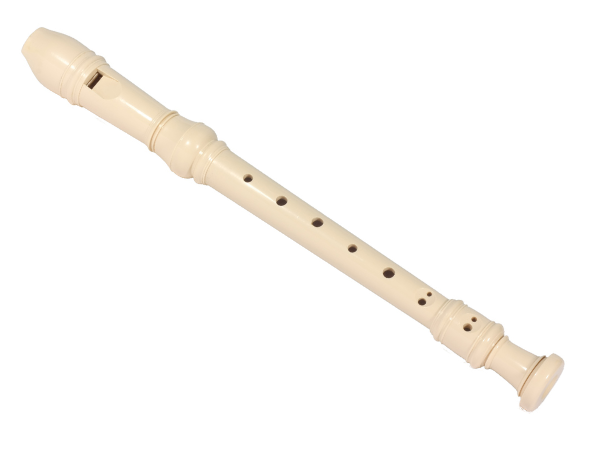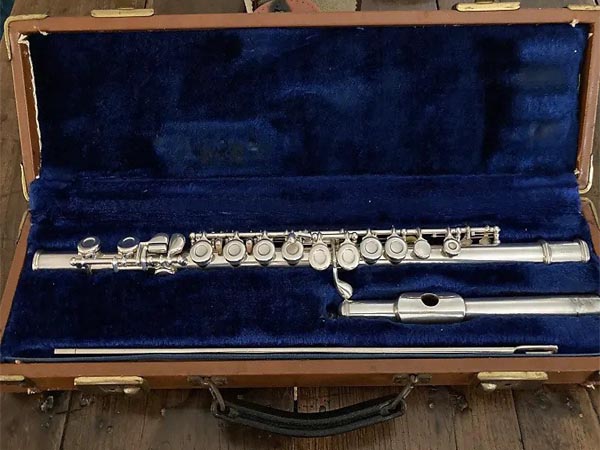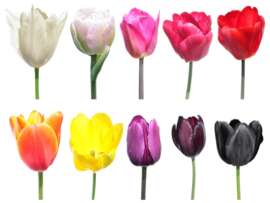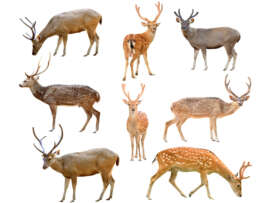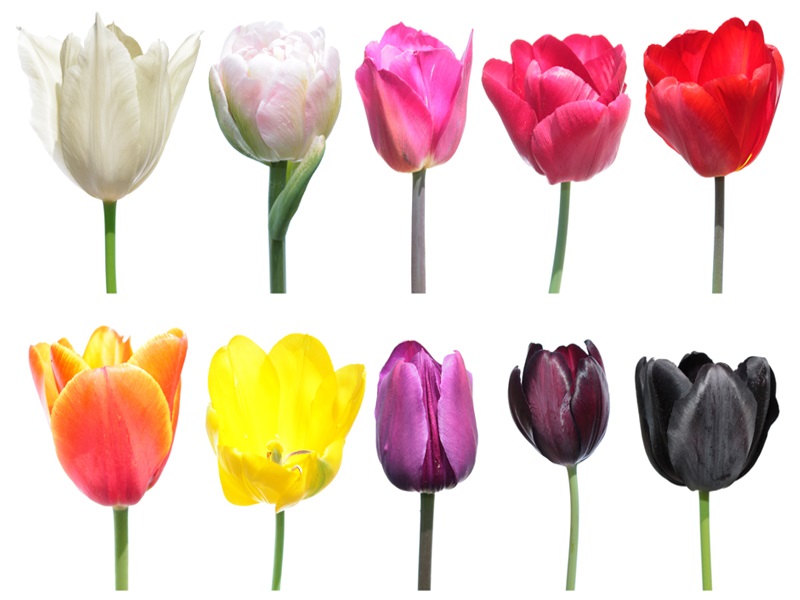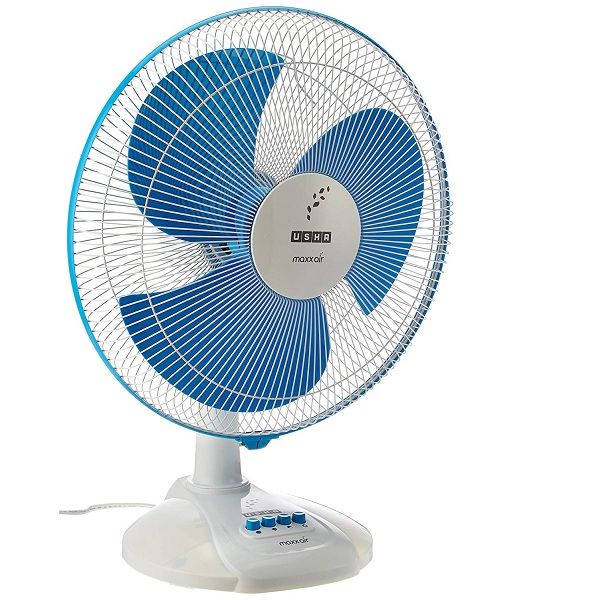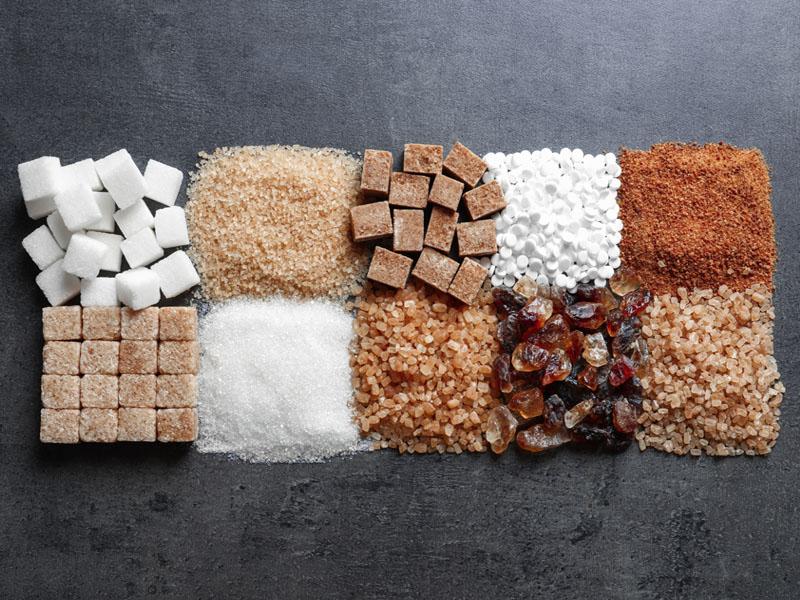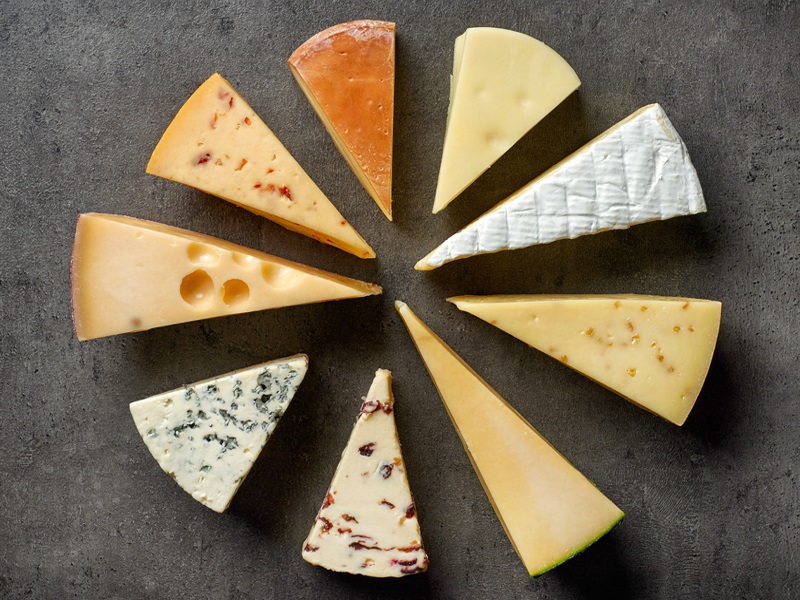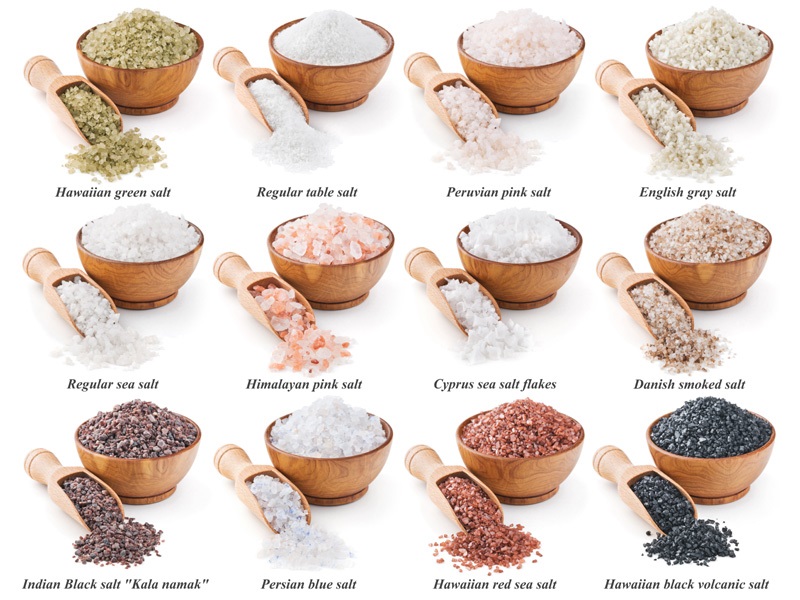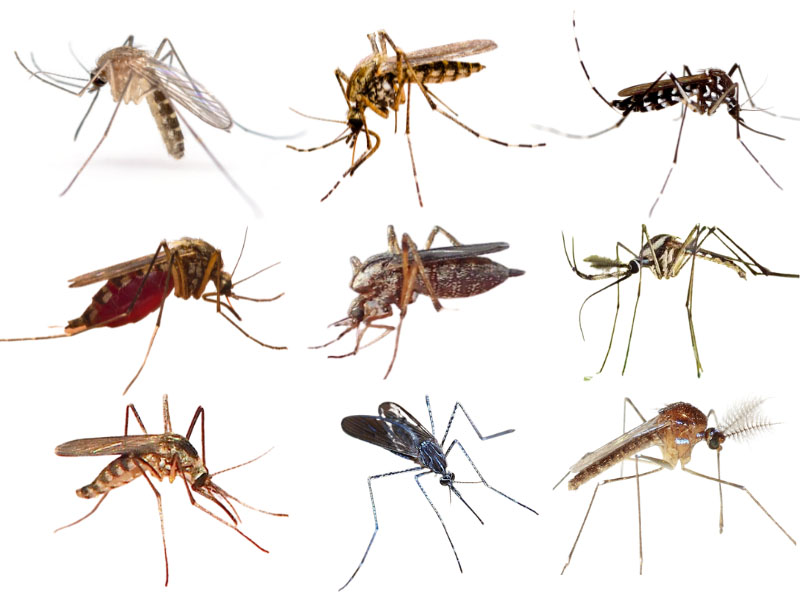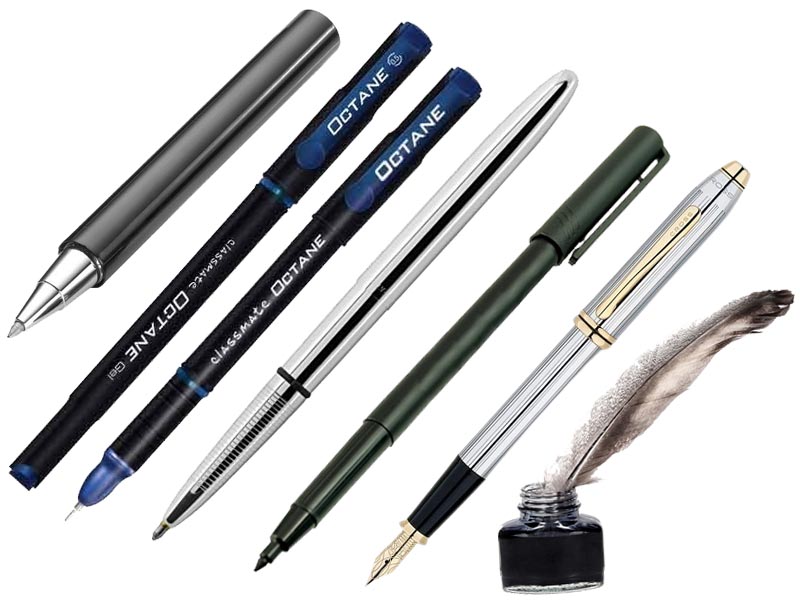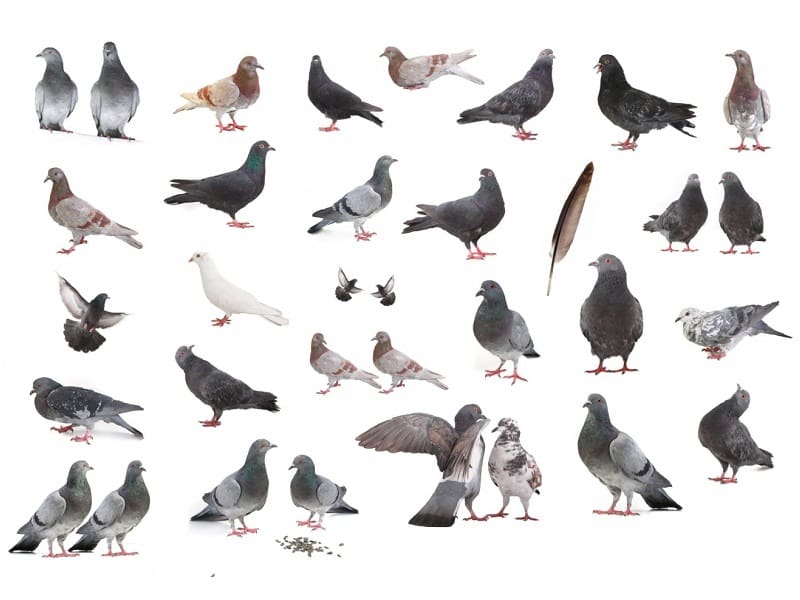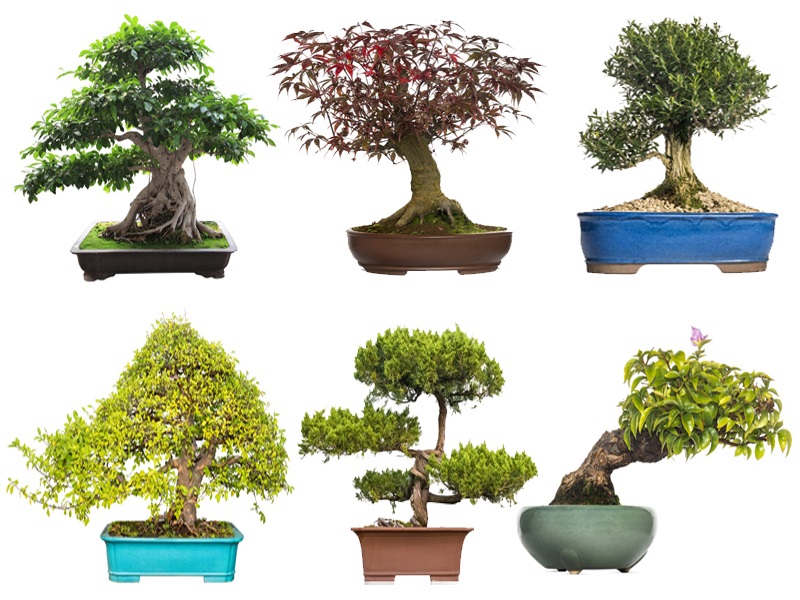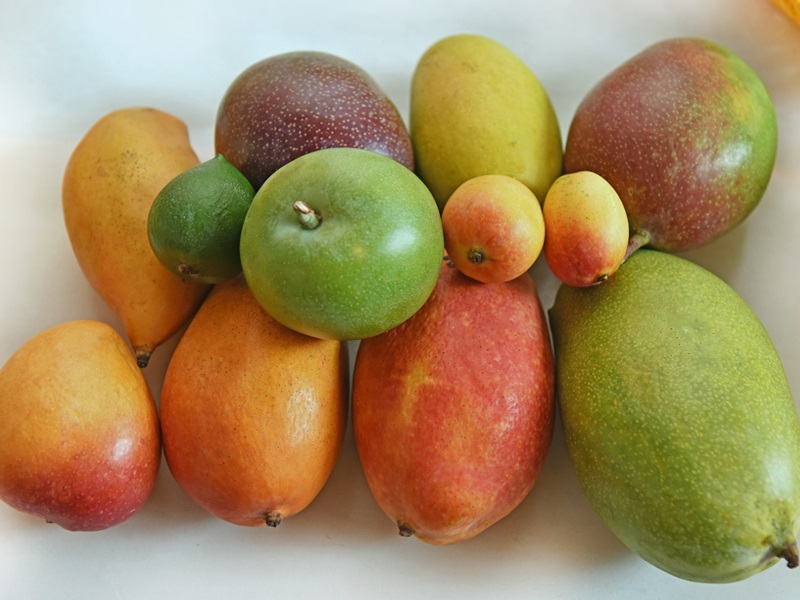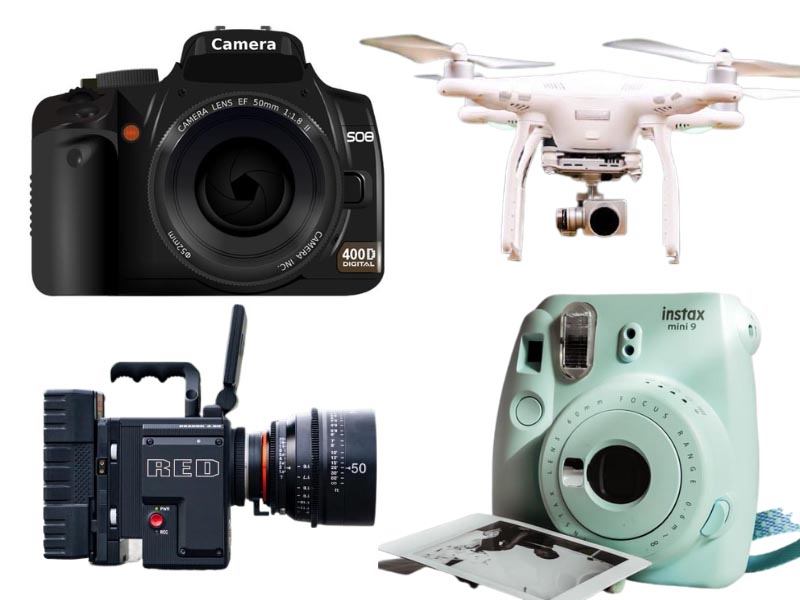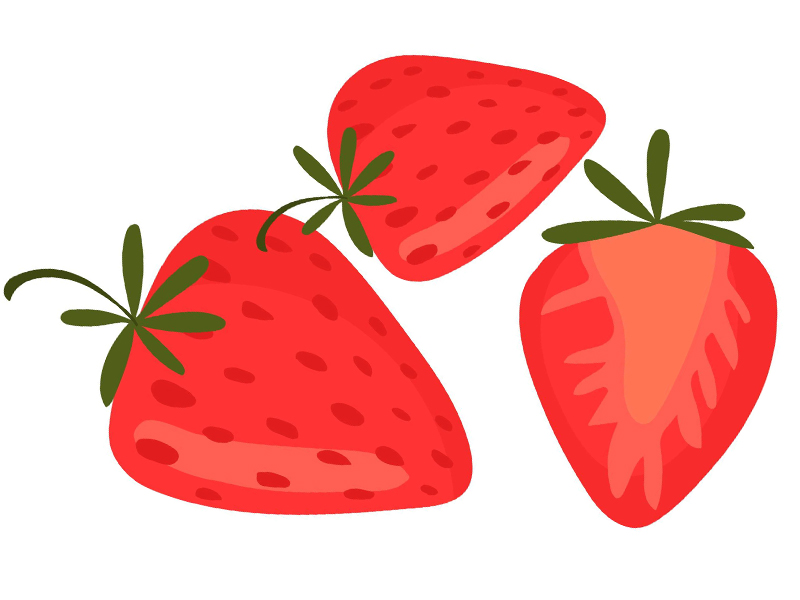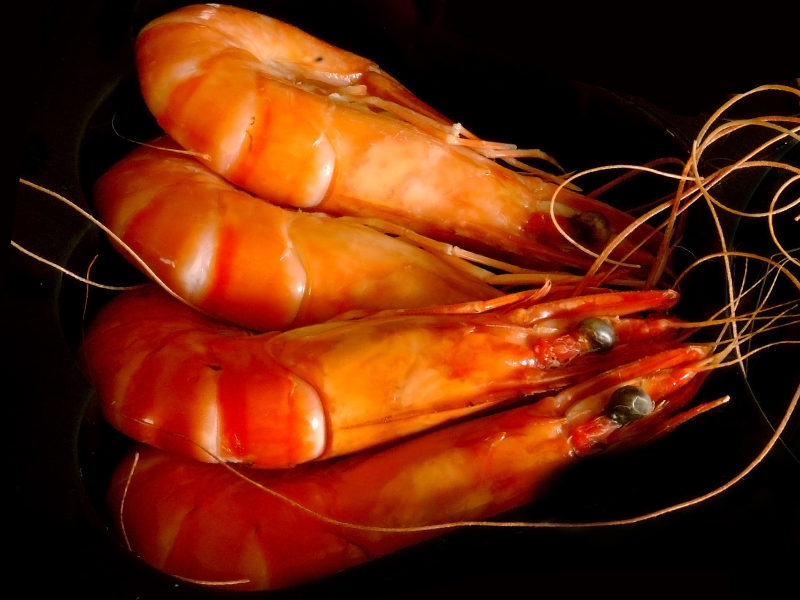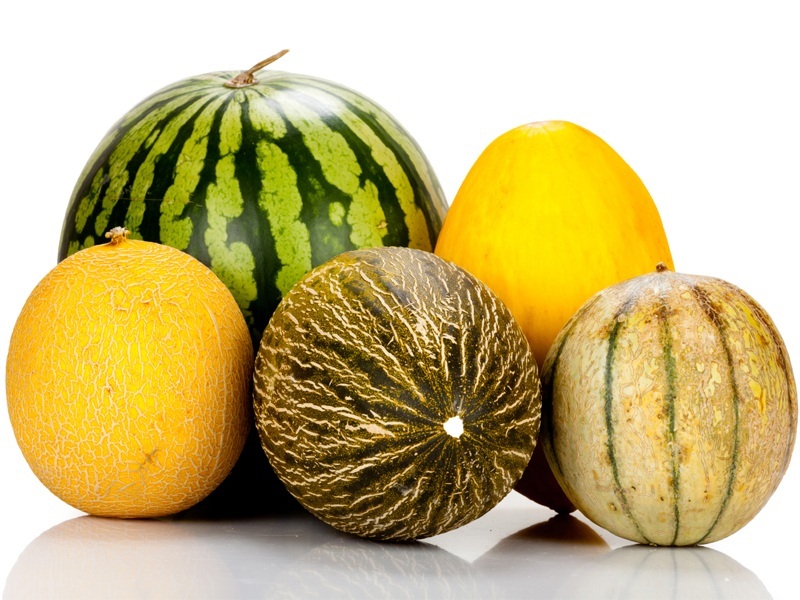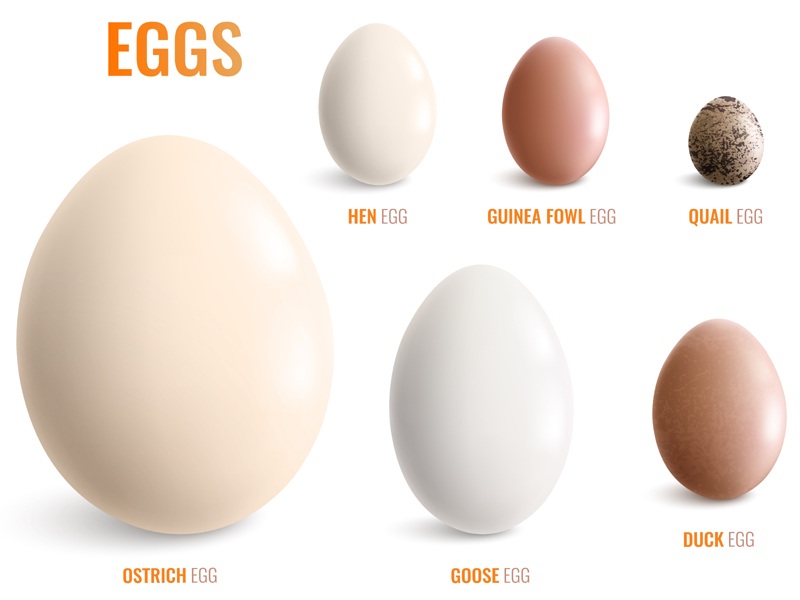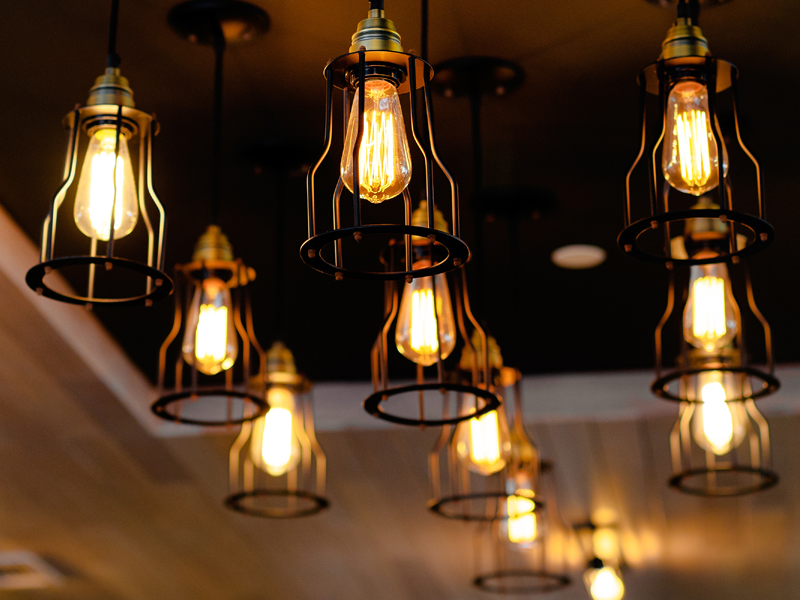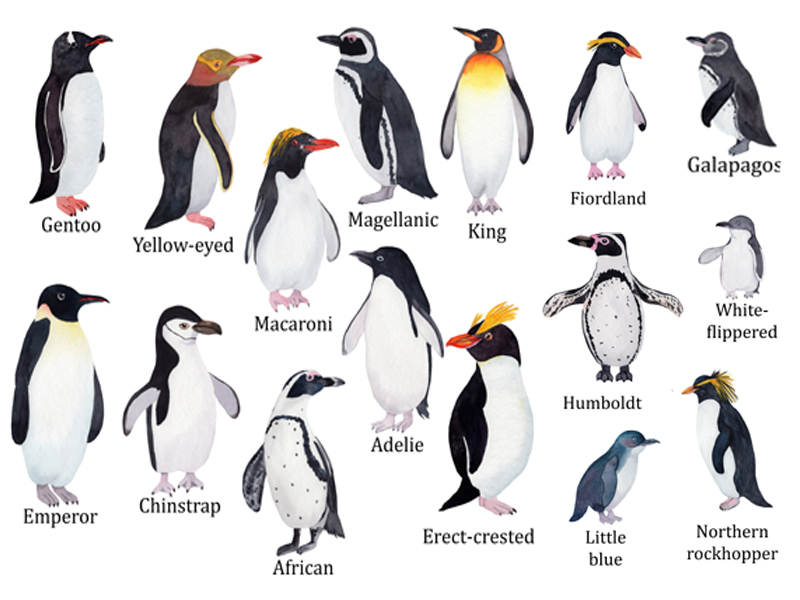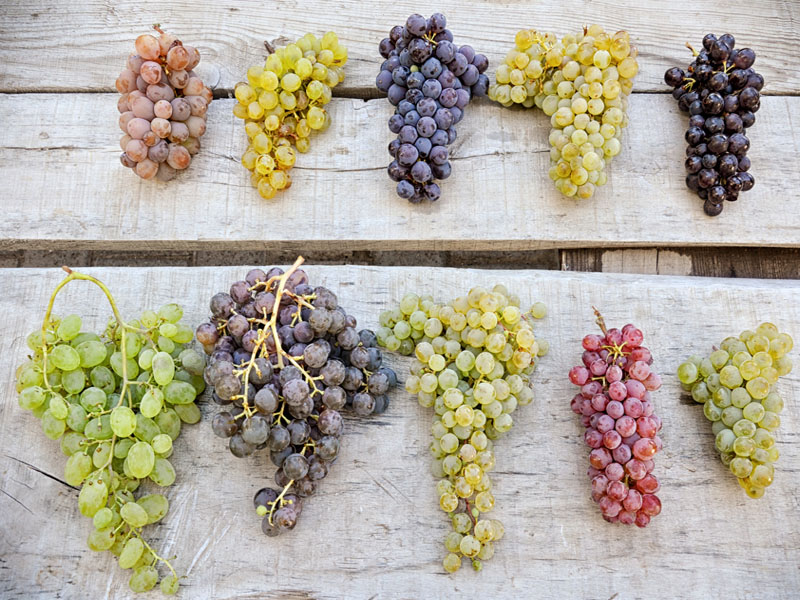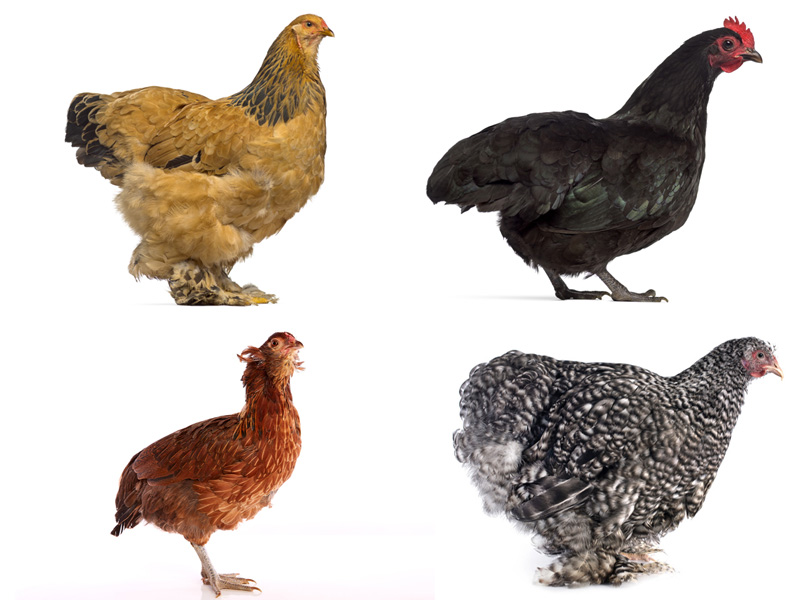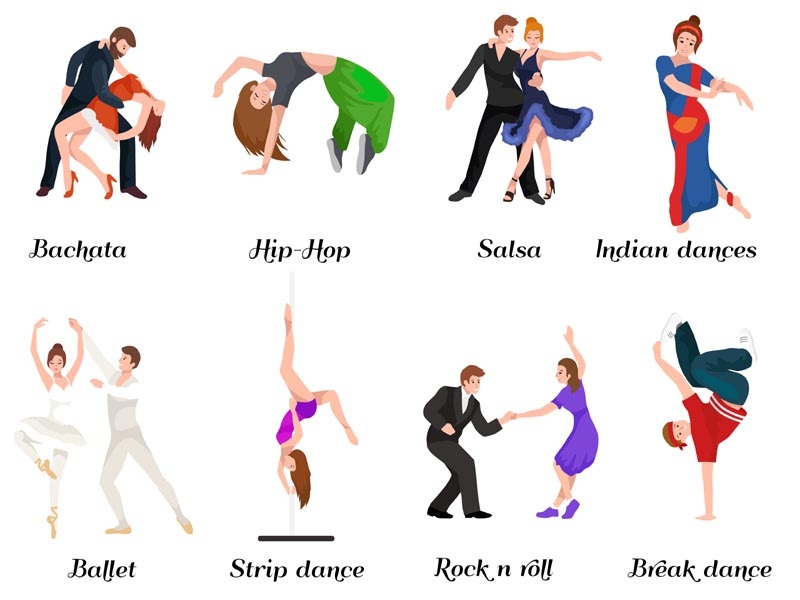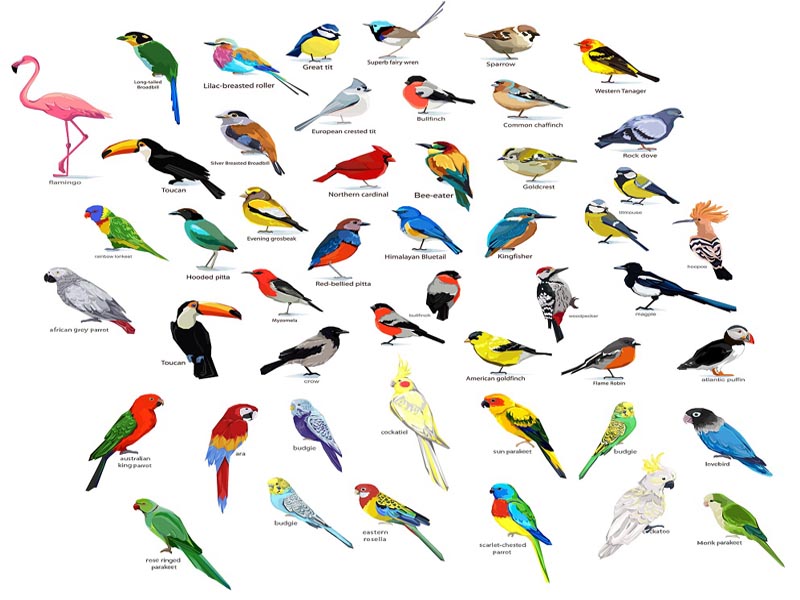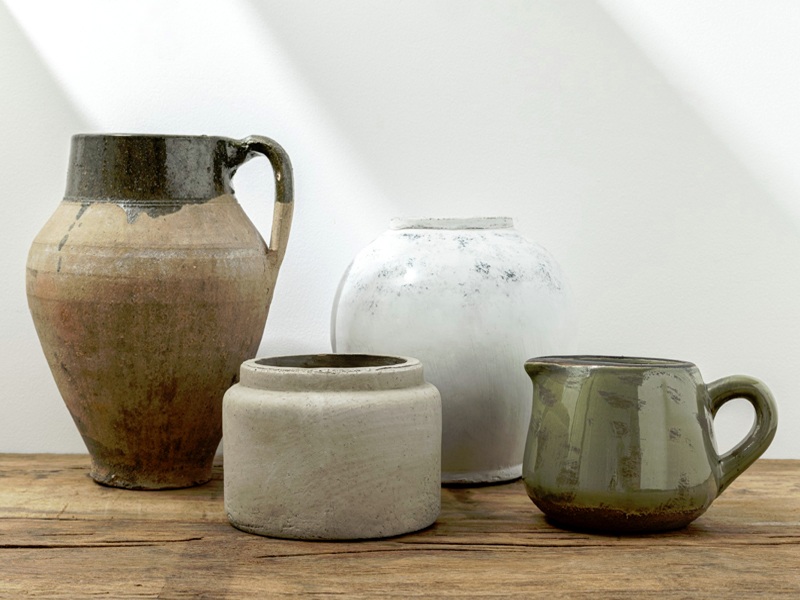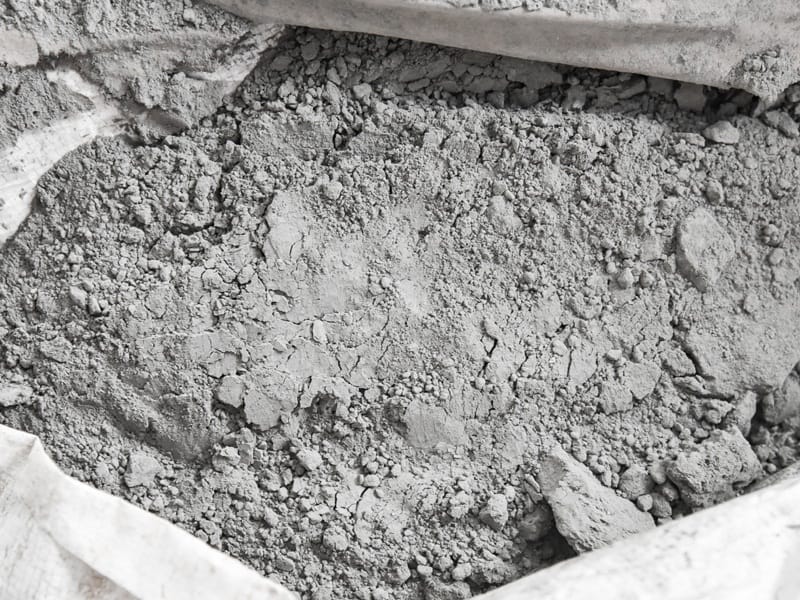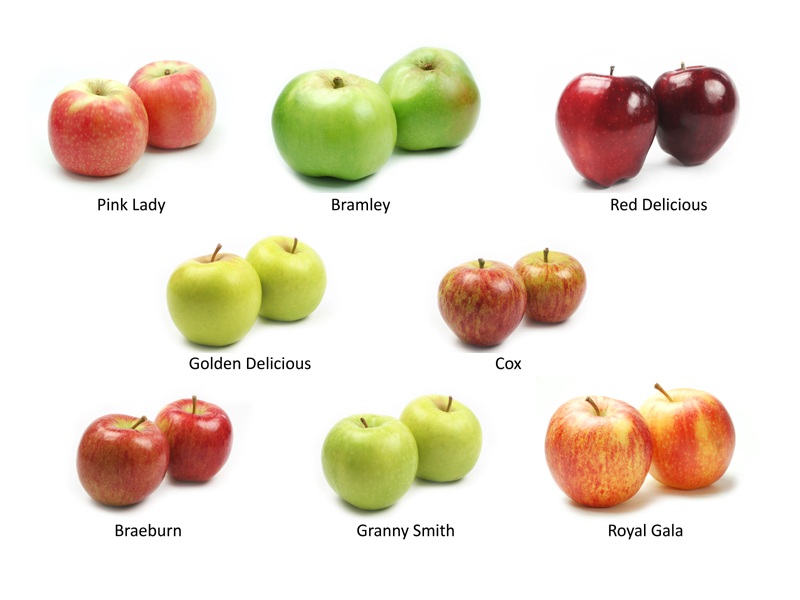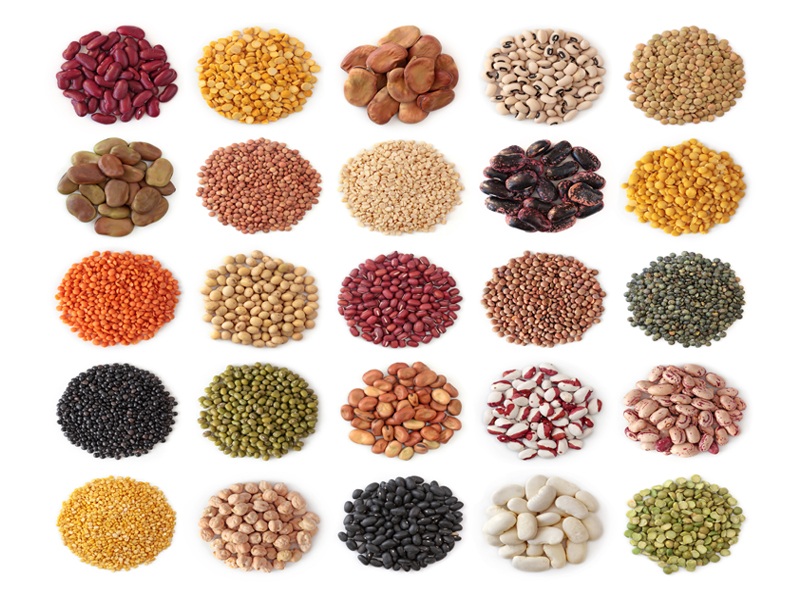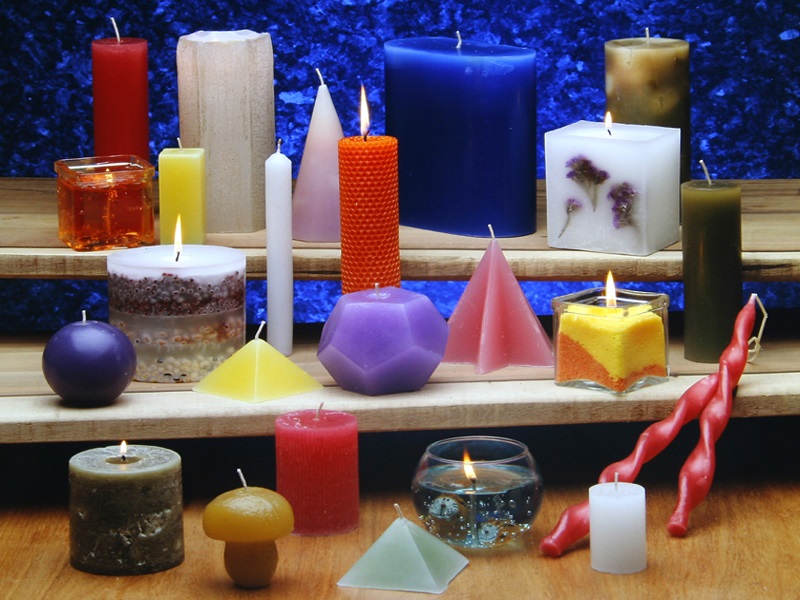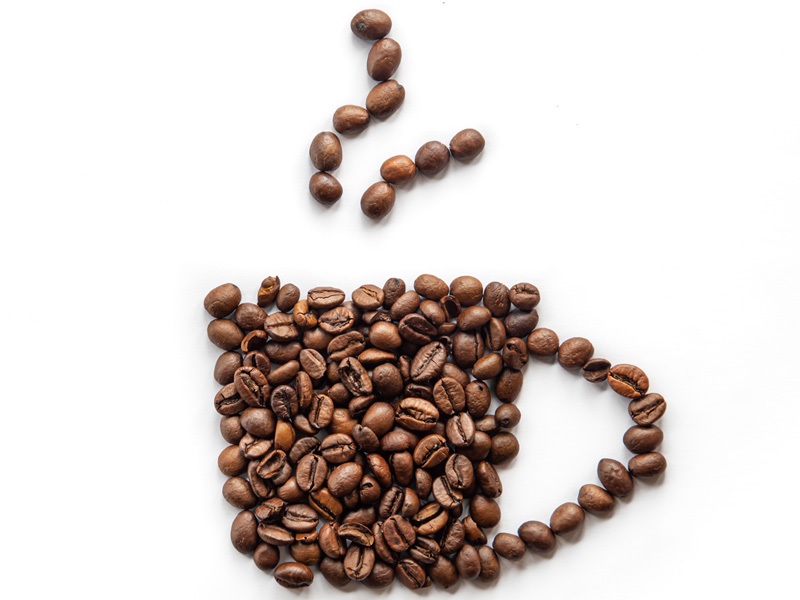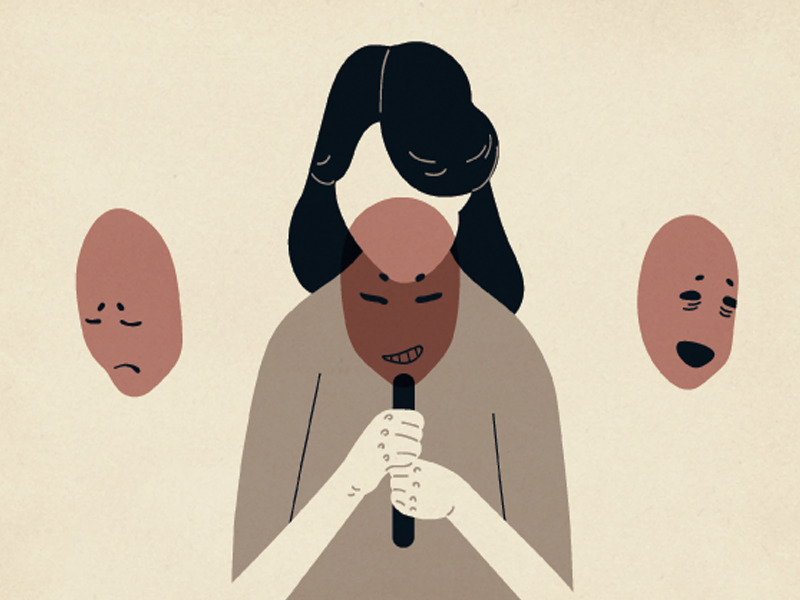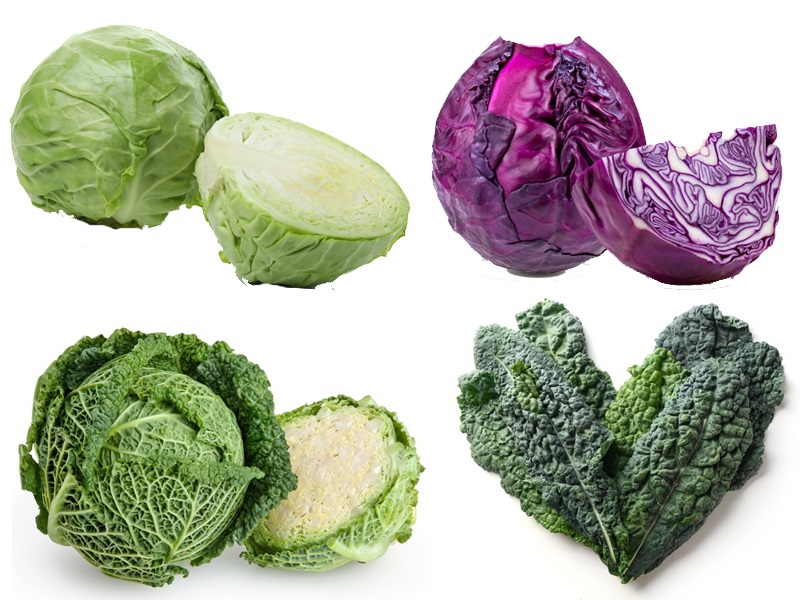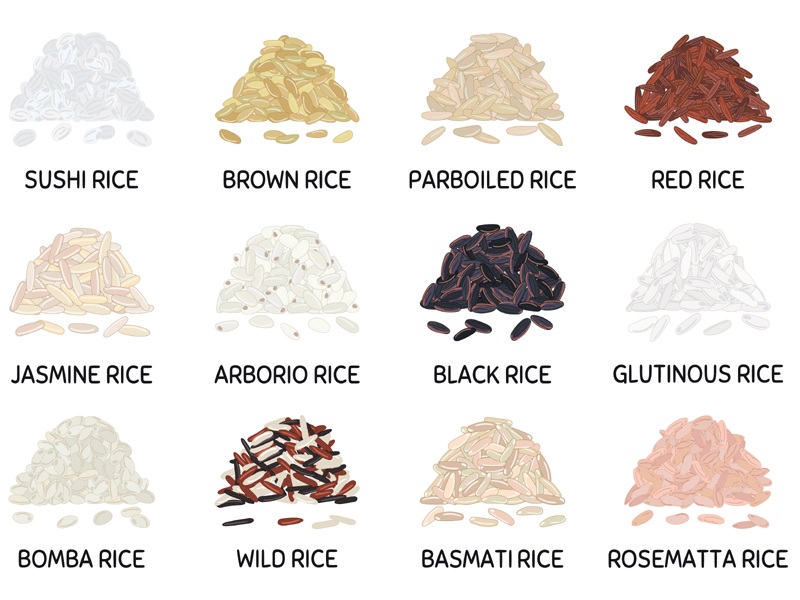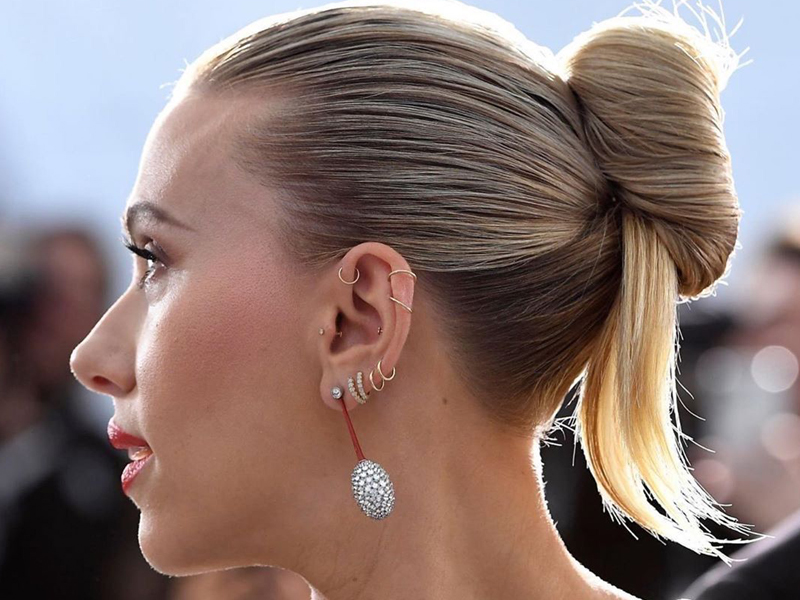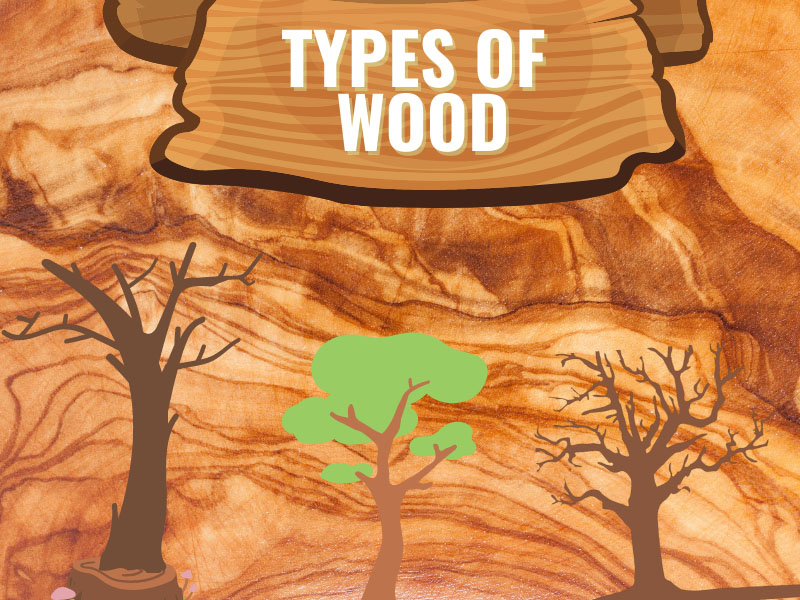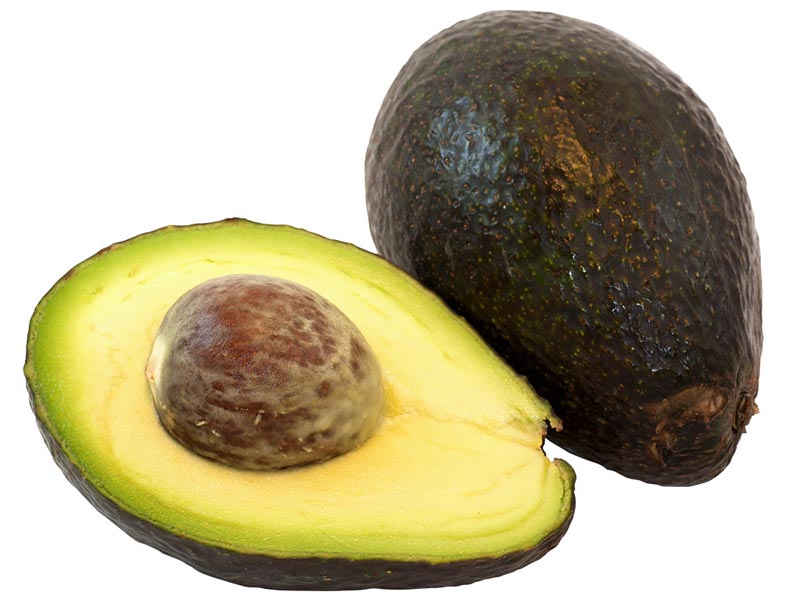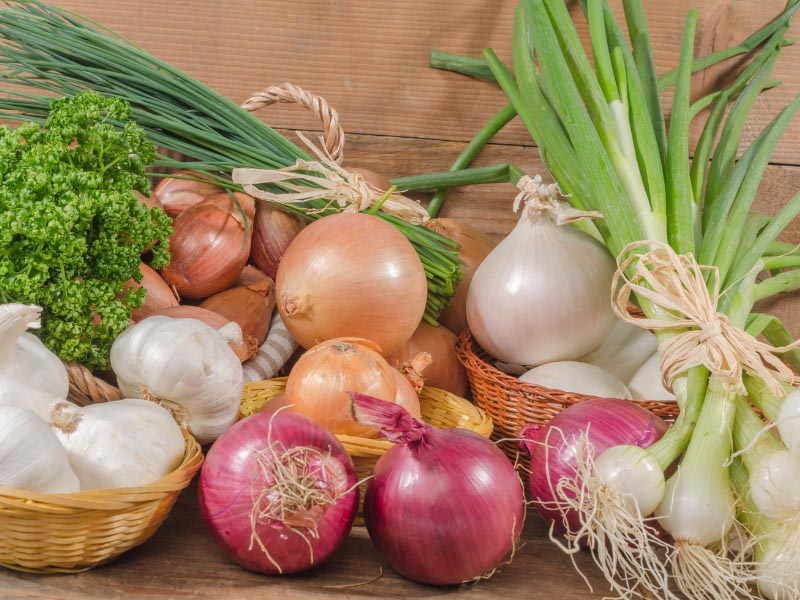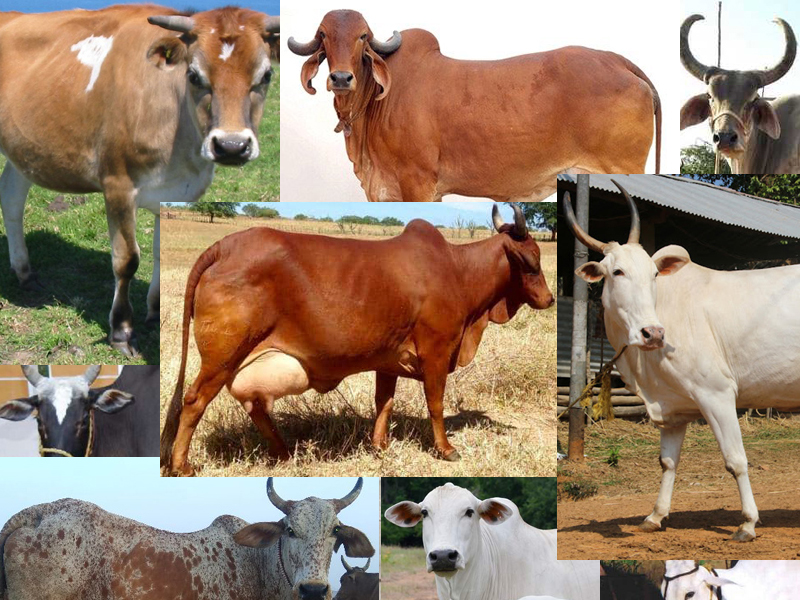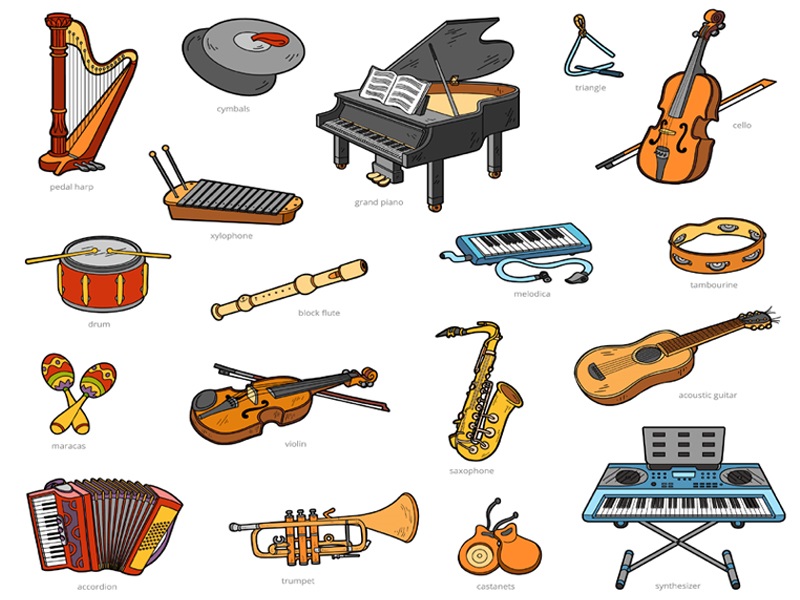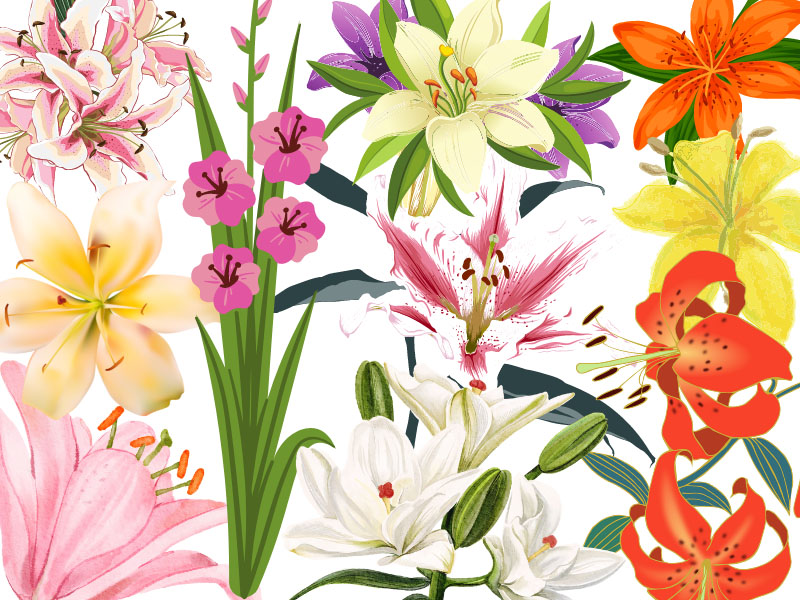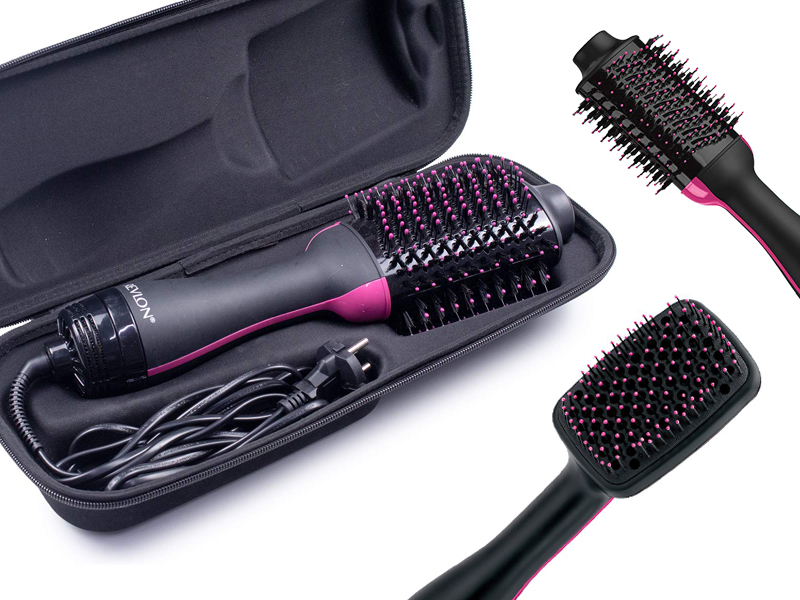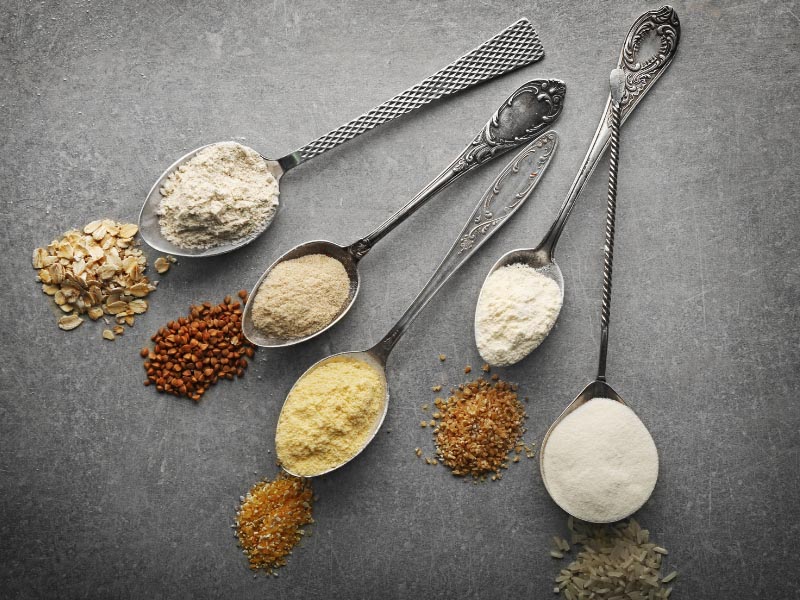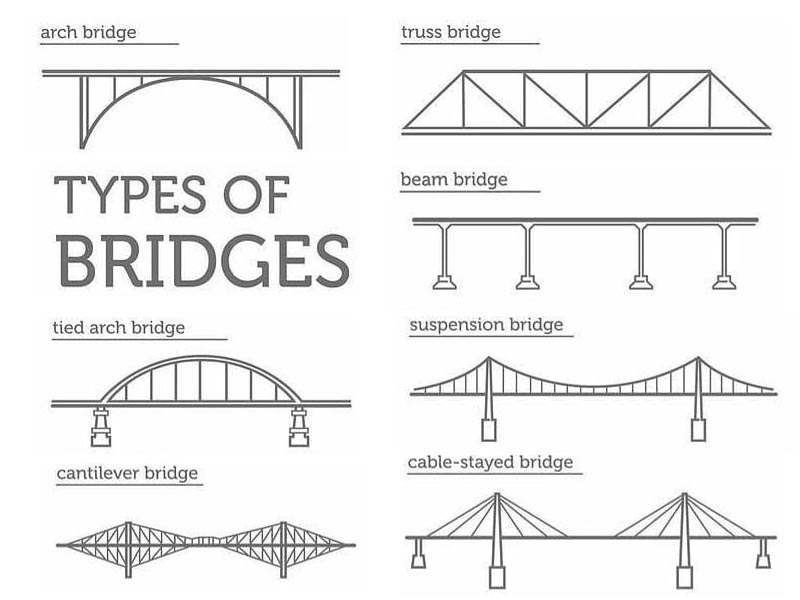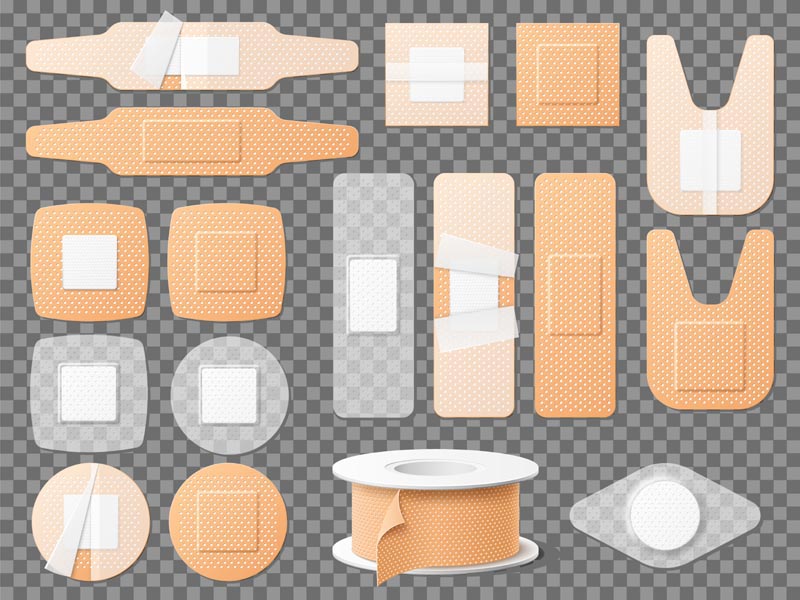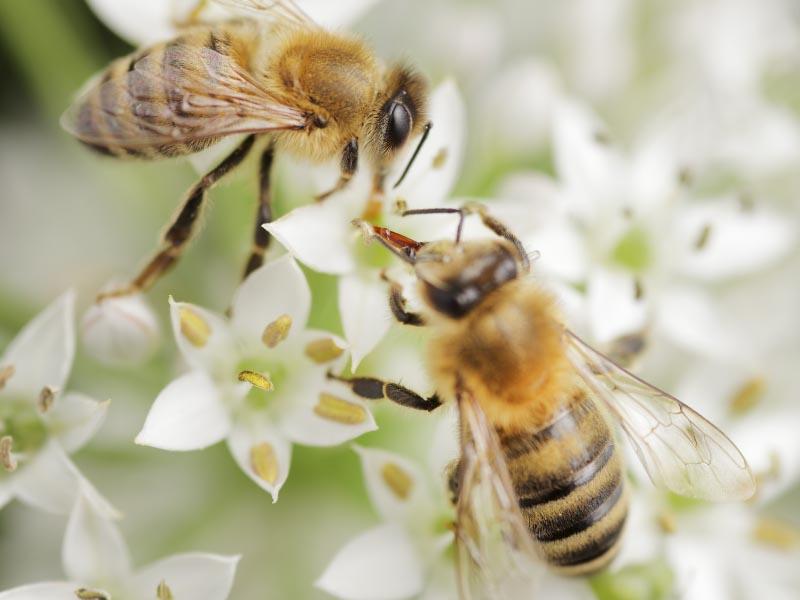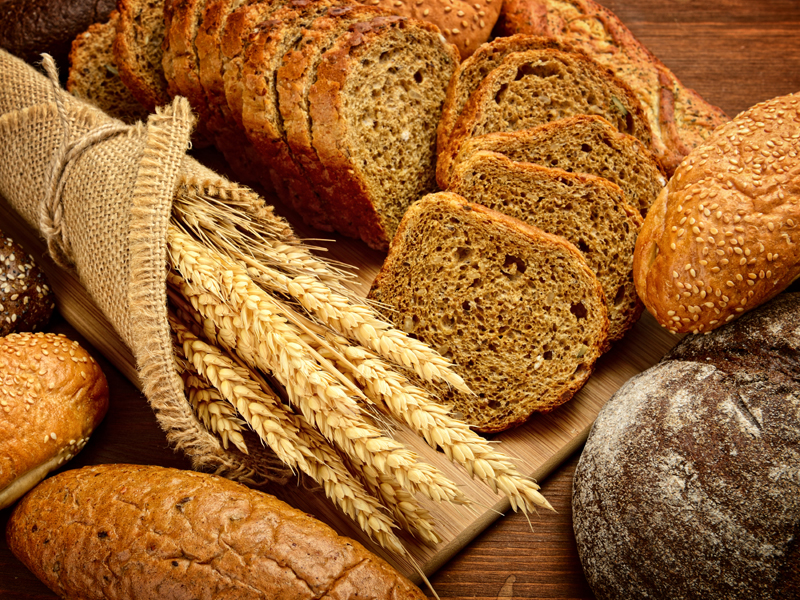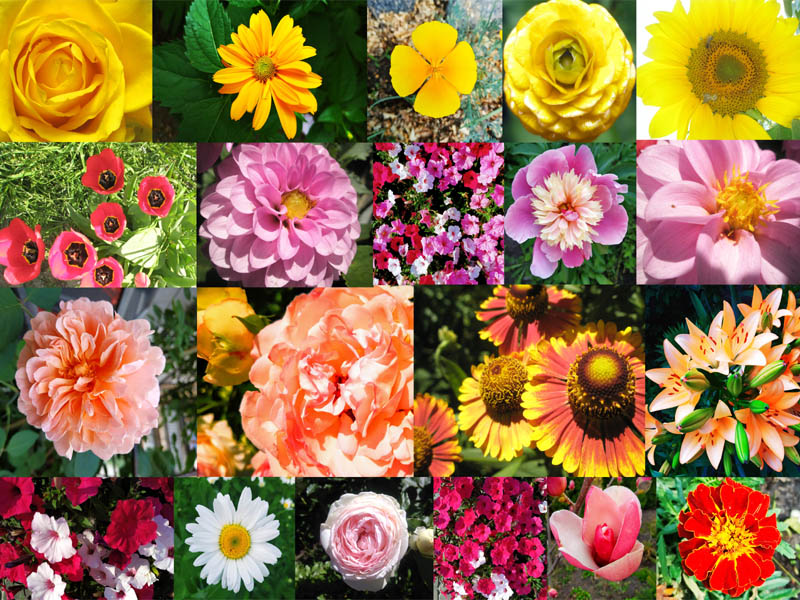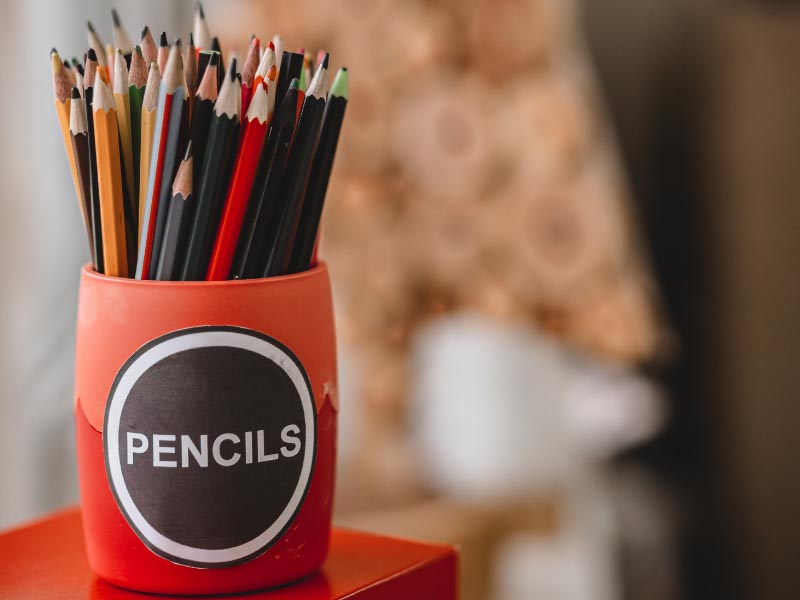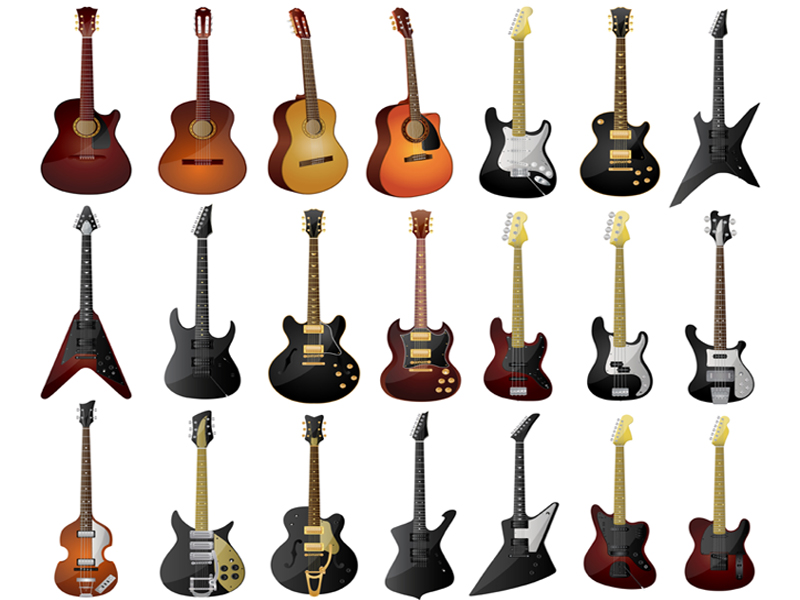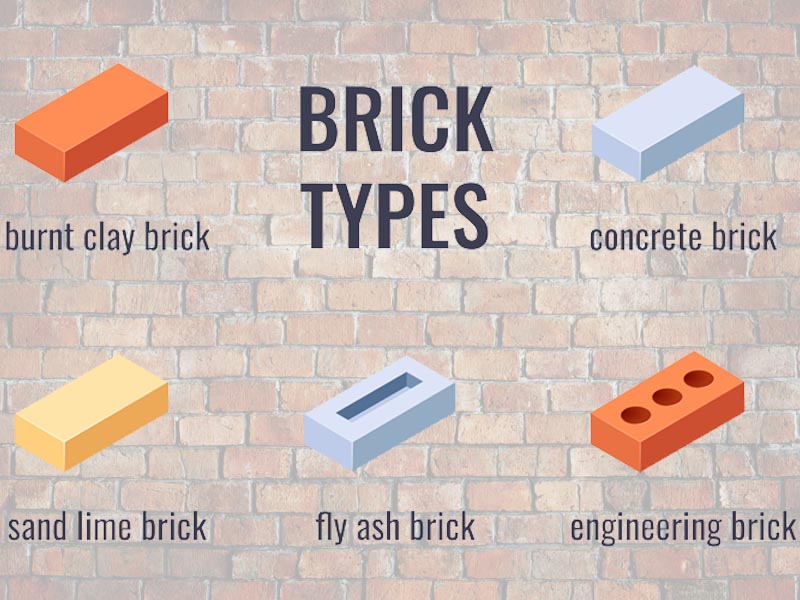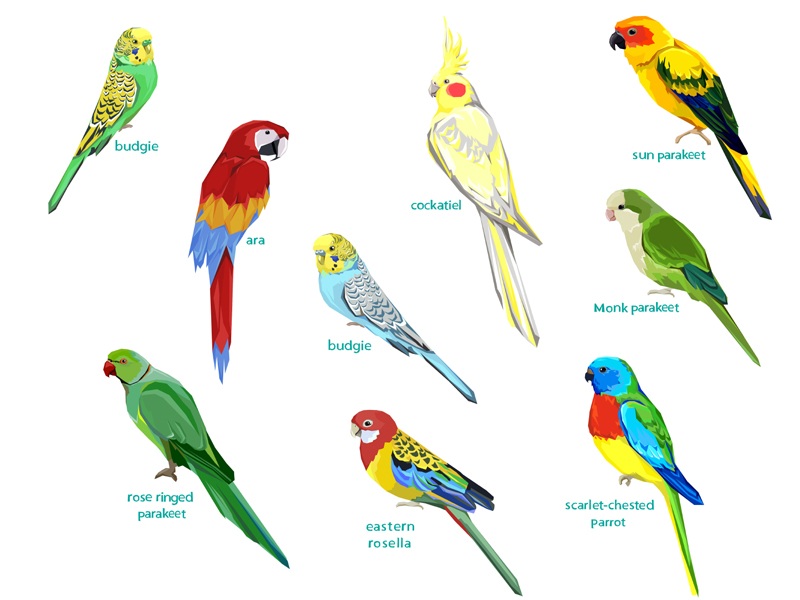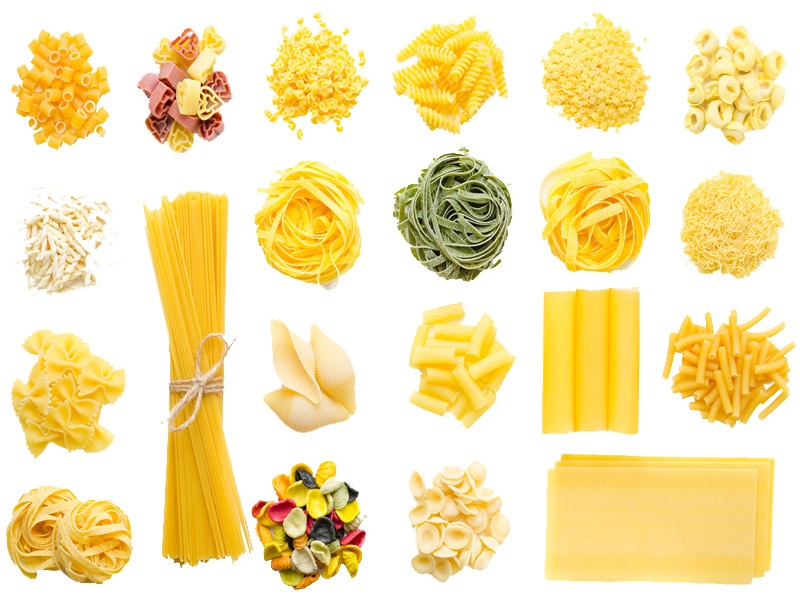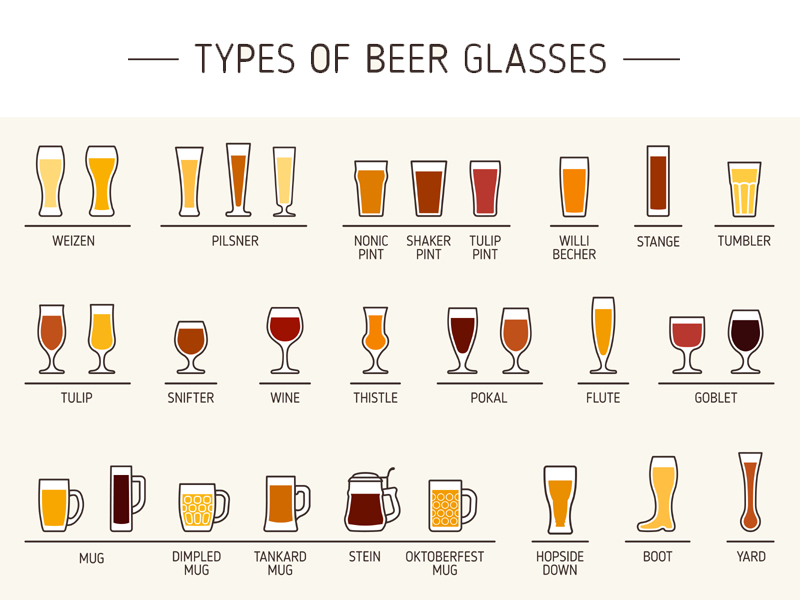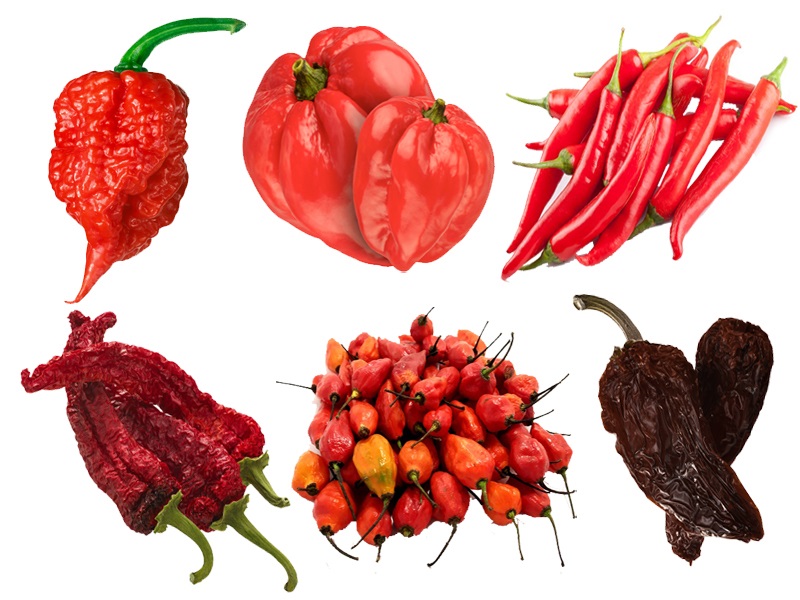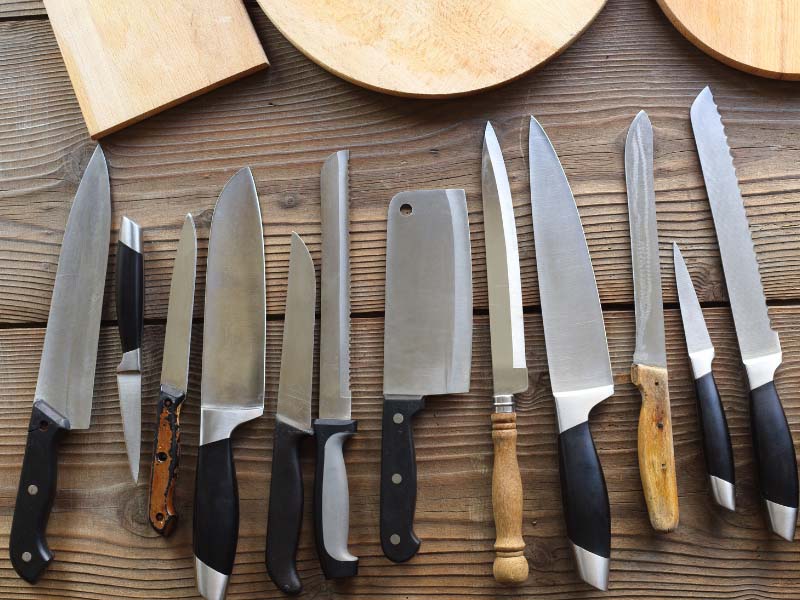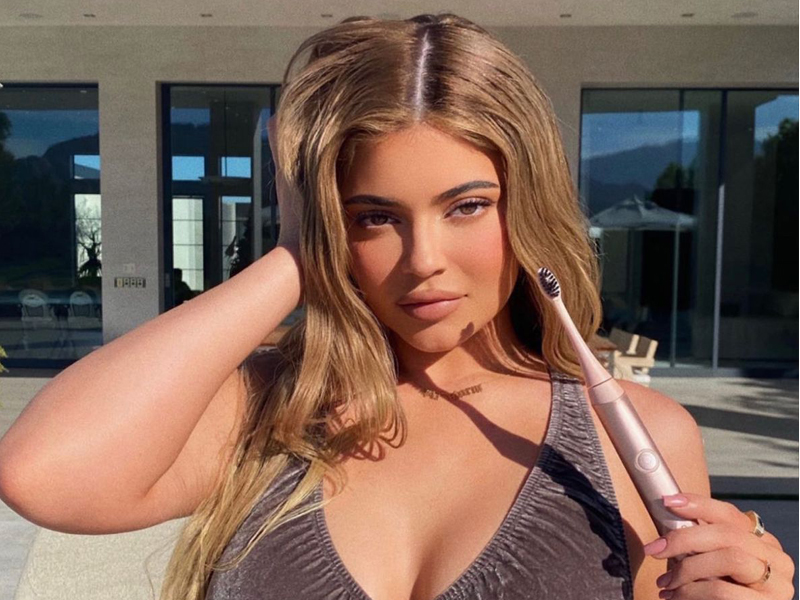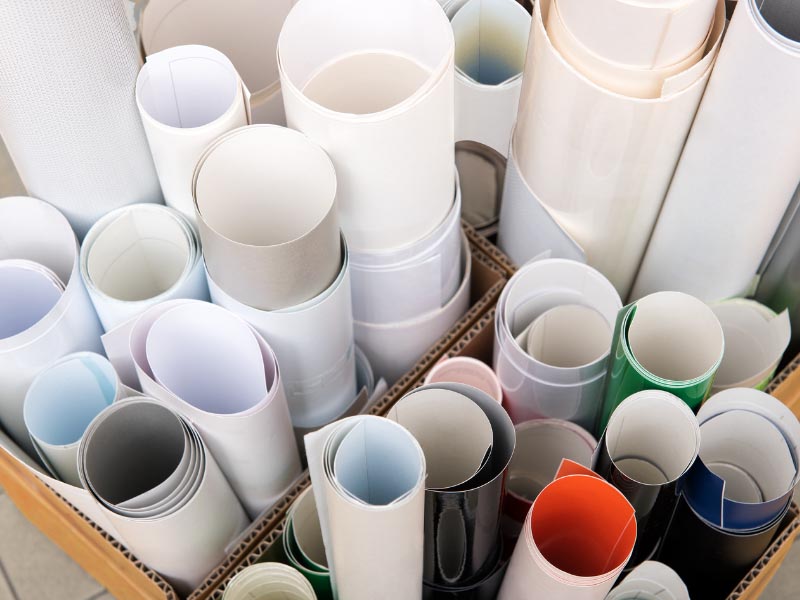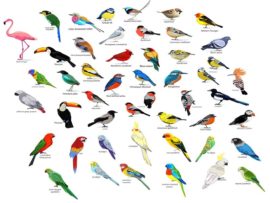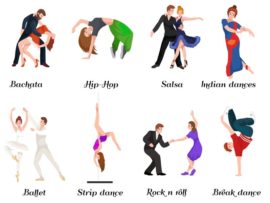The one thing that comes to mind as we hear the word Flute is the instrument in the hand of Lord Krishna. But did you know there are lots of different types of flutes? Yes! Each with its unique sound, history, and different styles of music, there are many types of Flutes. In this article, we have curated the list of several flute types, how they are different and what are the typical uses of these instruments. Read on!
What is Flute & Its History:
The reedless woodwind instrument you can use for sounding is called a Flute. This is because a blow of air across the instrument’s opening results in its oscillations by the airflow, creating sound. You can play this instrument by blowing across the hole by holding it with both fingers. You can open and close the keys to alter the pitch with the help of your fingers.
The Flute is the world’s oldest sound instrument, whose artefacts consist of ancient stone age period’s bones. Ancient Sumerians, Egyptians, and Greeks were the people who used flutes the most. The Etruscan carving had the first simple transverse flutes with a few holes in the fourth to first centuries. After that, people used simple wooden flutes with six military and folk music holes in the middle ages and Renaissance periods.
The flute makers modified its diameter and the size of the tone holes by adding new keys and splitting the Flute into three pieces until the nineteenth century. Then, Goldsmith and Theobald Boehm, a musician, revolutionized the Flute design.
Common Categories of Flutes:
Here are the common varieties of flutes available globally:
Directly-Blown Flute:
The player blows air straight across the edge of the mouthpiece when playing this Flute. A duct directs the air onto the edge, and the air is blown into travelling across the sharp edge in some directly-blown flutes. Also called Fipple flutes, whistles, recorders, and tin whistles are some examples of these types of flutes.
Side-Blown Flute:
Also called Transverse Flute, the side-blown Flute, you will be able to use a hole on the side of the tube, which produces the tone, hence the name. You can either hold the Flute sideways or horizontally. Fife, Piccolo, and Concert Flute are some examples of these instruments.
End-Blown Flute:
When the player blows into the end of a tube or pipe is called the end-blown Flute. Xiao, Ney and Danso are examples of this Flute.
Rim-Blown Flute:
Also called the notched Flute, the rim-blown Flute’s tube has a notch or a sharp edge that causes the air to split when the player blows across the top of a tube.
Close-Ended Flutes and Open-Ended Flutes:
Xun, Police whistle, Ocarina, and Pan pipes are examples of close-ended flutes. At the same time, the recorder and the concert Flute are examples of an open-ended Flute.
See More: Types of Music Instrument In The World
Different Types of Flutes with Images:
We have presented you with the different types of flutes with images that give you melodious music.
1. The Concert Flute:
The concert flute is the most common and best type of Flute for beginners. The concert Flute or the C type flute is one of the typical flutes made of metal typically, though you can get them in wood too. There are 15 or more finger holes in this Flute’s long cylindrical tube, which can change the pitch by covering the holes. The Concert Flute has a range of three octaves and is played by blowing across the embouchure hole, which is why it is called a transverse Flute. Orchestras, chamber music and solo performances are the places you can find a concert flute.
2. The Piccolo:
Piccolo is the second most recognized and the smallest instrument in the Flute family. The piccolo plays notes an octave higher and considerably smaller than the concert flute. This type of Flute can cut through any instrument while being heard above a whole symphony orchestra because of its high pitch. Like the original flutes, the piccolos are wood with metal keys.
Piccolo is a popular instrument used in military marches, but its reputation is lowered because of the shrill sound it makes. Wood, silver, plastic, or all these materials make Piccolos. Wood Piccolos are the best to get a rounder sound for orchestral work. Because plastic and silver piccolos can withstand moisture and temperature changes, they are more prevalent in marching bands.
3. The Alto Flute in G:
The Alto Flute is also called a G type flute. This is because the player reads the note C, which sounds like a G, an interval of a perfect 4th lower, thereby acting as a transposing instrument. The Alto Flute produces sound at a lower pitch because of the wider bore, and it is quite bigger than the concert flute. Although known for its mellow and rich sound, the alto flute isn’t commonly used in classical music. But Stravinsky and Ravel are 20th-century composers who feature the Alto Flute in many of their pieces.
This Flute enables the player to produce an alto sound because it is made with a thicker and longer body and makeup. When played in a lower pitch, it creates a distinct mellow sound. But if you wish to play this Flute, one must have excellent lung power, embouchure sound and length in the keyhole.
4. The Bass Flute:
The pitch of the Bass Flute is an octave lower than the concert Flute. It has a U-shaped bead joint that facilitates a comfortable playing position and is also considerably large. Although it is used in chamber music and flute choirs, you are unlikely to see it often played because it is cumbersome. The Bass Flute looks similar to a saxophone. The only difference is that the sound comes from blowing air across the embouchure hole. Since the Bass Flute is a weighty instrument, there is a brace that supports the instrument’s weight.
5. The Contrabass, Subcontrabass, and Double Contrabass Flutes:
The Contrabass, Subcontrabass and Double contrabass Flutes are some of the rare types of Flutes. The contrabass flute has 9 feet of tubing, the subcontrabass flute has 8 feet of tubing, and the double contrabass flute is 8 feet tall with 22 feet of tubing, making them considerably larger than the Concert Flute.
- The contrabass Flute gives a deep sound with lots of resonance and is pitched in C two octaves below the Concert Flute.
- The Subcontrabrass Flute sounds two octaves below the alto Flute, is a transporting instrument and is in G.
- The Double contrabass Flute sounds three octaves below the Concert Flute and is the lowest of the three Flutes.
Professional musicians typically use these three Flutes in specific settings like Flute choirs because they are large and expensive.
6. Wooden Flute:
There are also different types of wooden Flutes available globally, also called Native American Flutes. Wooden Flutes look similar to metal flutes and sound almost identical too. But the Wooden Flutes have a wooden head joint which gives a little softer, earthier and mellower sound: directly-blown Flute, rim-blown Flute. End-blown Flutes and side-blown Flutes are the types of wooden flutes. The Flute’s name is dependent on the instrument’s opening location.
See More: Guitar Types and its Body Shapes
7. The Bamboo Flutes:
The bansuri Flute originated from the Indian subcontinent and is a side-blown Flute. It is used in Hindustani classical music and is an aerophone produced from bamboo. In Rigveda and other Vedic texts of Hinduism, this Flute is referred to as Nadi and tunava. It is also famous as the North Indian Bansuri used by Lord Krishna, who played enchanting music with it. It typically has eight finger holes. Bangladesh, Nepal and India are where the Bansuri Flute is popularly found.
8. Chinese Flute:
The Dizi flute is a type of Chinese Flute which is made out of bamboo and typically has six finger holes and is a transverse woodwind instrument. This Flute is also called hengdi or di, which also has varieties such as Xindi, Bangdi, and Qudi. The Dizi Chinese Flute is over 9000 years old and is widely used n modern Chinese orchestras, Chinese opera and Chinese folk music.
9. Shinobue:
The Shinobue is a type of Japanese Flute with a very distinct and beautiful sound. This Japanese transverse Flute produces high-pitch sounds found in nagauta and Hayashi ensembles, playing an essential role in Kabuki and noh theatre music. The Shinobue Flute comes in different sized holes in the Oyayashi and Uta. Its music is lovely and distinct music is associated with Japanese festivals.
10. Plastic Flute:
The plastic Flute is one of the best Flutes for beginners, irrespective of the learner’s age. It is also called the first note mouthpiece, and it helps your kids produce good sounds even if they are playing it for the first time. Whether beginners or advanced players, the interchangeable features of a plastic flute make it a good choice for anyone. The plastic Flutes are lightweight, cheaper and available in different colours.
11. Eb Soprano Flute:
Eb Soprano Flute is the only member of the Flute family that is not pitched in G or C, also called the tierce Flute. The Eb is a minor third above the C Flute and Concert Flute, which is the pitch of the Eb Soprano Flute. Saxophone jazz players also use this Flute because its pitch key is similar to saxophones and baritones. Because the ones in existence are already old, finding this type of Flute is very difficult. The techniques used to produce sounds are similar to the C Flutes because their sound is somewhat similar.
See More: Types of Drums with Images
Interesting Facts about Flutes:
Here are some of the exciting facts about Flutes that you might find interesting:
- A flutist, a flautist, a fluter, or a flutenist is a flute-playing musician.
- The Flute has been used for thousands of years and is one of the first musical instruments ever invented.
- Ancient Sumerians, Egyptians, Greeks, Indians, Chinese, and Japanese today’s flutes early versions.
- Many cultures developed independently from one another and have their own version of the Flute.
- Lord Krishna holds a Bamboo Flute, and its sound preaches freedom and love as per epics.
- There are roughly three octaves between C4 and C4 in a standard concert Flute.
- Flute music is written in treble clef, and it is one of the instruments with the highest pitch.
- The piccolo sounds one octave higher than a standard concert flute and is a mini-flute.
- Flutes have been made with ivory, bone, jade, wood, plastic, glass, platinum, gold, silver, nickel, and brass.
- Metal is used to manufacture most modern Flutes and felt, and cork is used for the pads that cover the keyholes.
- Irrespective of the material used, wood or metal, every Flute has a unique sound. The material changes the sound drastically.
- You can hold some Flutes horizontally, such as a concert flute. In contrast, you can hold some flutes vertically, such as pan-pipe or Japanese bamboo flute.
- The redesign of the transverse Flute in the 1600s is credited to Jacques Hotteterre, which includes the foot joint, a body and a head joint.
Flutes are very diverse, and as a flautist, you will not have to settle for only one type of Flute. This is because you will have an overwhelming choice. Some flutes produce either high or low notes, while some produce both high and low notes. Also, remember that the sound a flute makes depends upon the material. Therefore, diversify your Flute knowledge with the different types of Flutes mentioned in this article. Finally, don’t forget to let us know if you found this article helpful!
Disclaimer: The information provided in this article is based on research. The website is not responsible for the authenticity and accuracy of the information.



